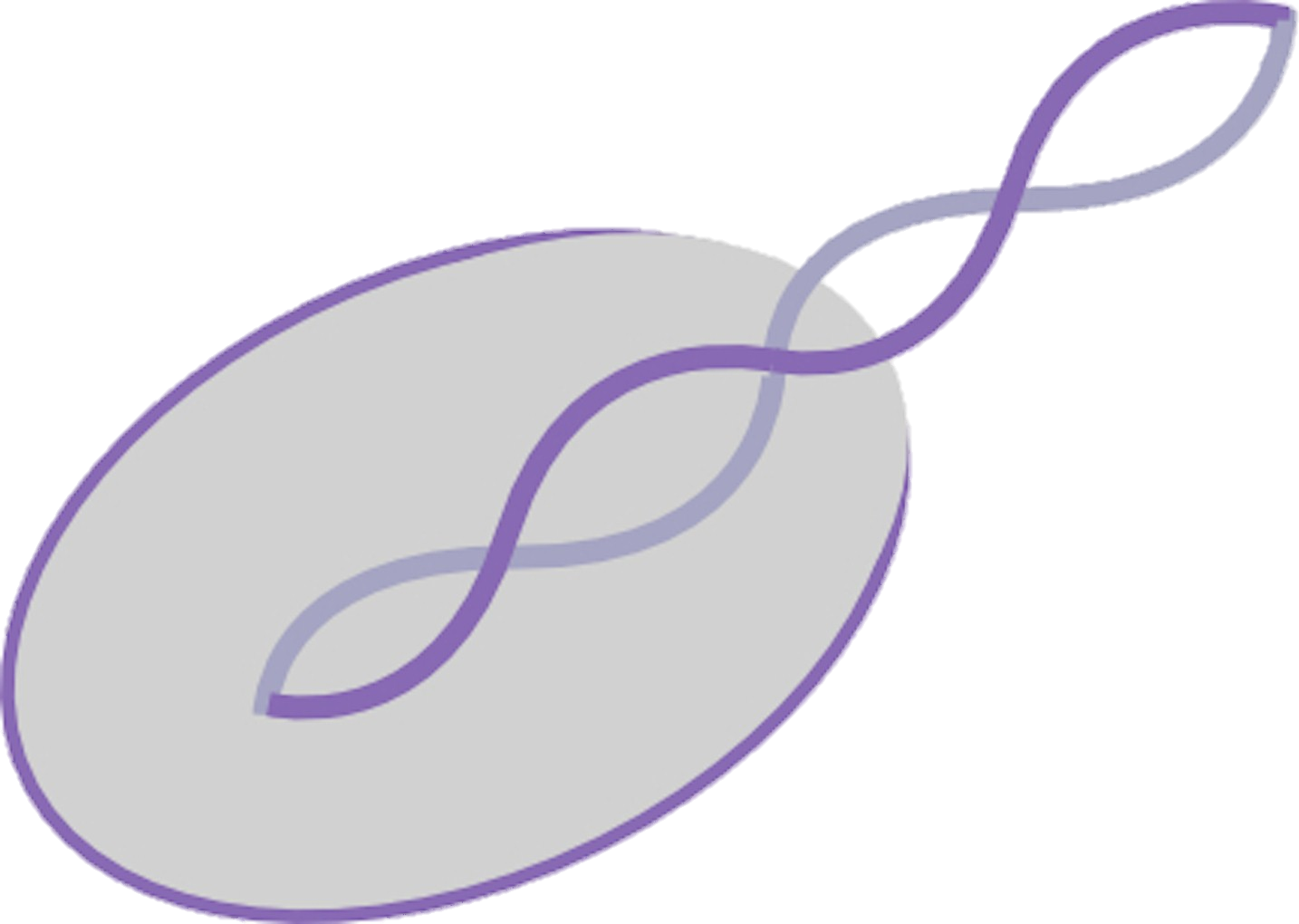SHORT INTRODUCTION
REPLACEMENT OF EXPERIMENTAL SURGICAL TRANSPLANTATIONS IN THE CENTRAL NERVOUS SYSTEM (RESTRAIN)
Intrastriatal administration of mesenchymal stem cells (MSCs) has shown beneficial effects in rodent models of Huntington disease (HD). However, the invasive nature of surgical procedure and its potential to trigger the host immune response may limit its clinical use. Hence, we sought to evaluate the noninvasive intranasal administration (INA) of MSC delivery as an effective alternitive route in HD.
GFP-expressing MSCs derived from bone marrow were intranasally administrated to 4-week-old R6/2 HD transgenic mice. MSCs were detected in the olfactory bulb, midbrain and striatum 5 days post-delivery. Compared to PBS-treated littermates, MSC-treated R6/2 mice showed an increased survival rate and attenuated circadian activity disruption assessed by locomotor activity. MSCs increased the protein expression of inflammatory modulators in the brain 7.5 weeks after INA.
While vehicle treated R6/2 mice displayed decreased Iba1 expression and altered microglial morphology in comparison to the wild type littermates, MSCs restored both, Iba1 level and the thickness of microglial processes in the striatum of R6/2 mice.
Our results demonstrate significantly ameliorated phenotypes of R6/2 mice after MSCs administration via INA, suggesting this method as an effective delivering route of cells to the brain for HD therapy.
